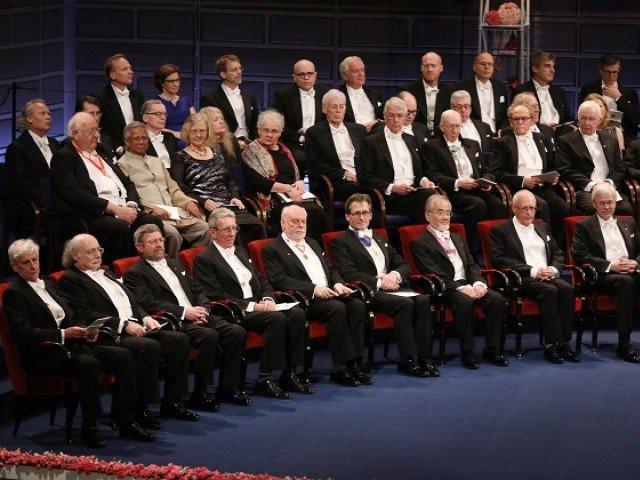It’s a man’s world: Women scarce in Nobel Prize annals
STOCKHOLM-Agence France-Presse

The Nobel Prize statistics are dour reading for women, who’ve been awarded only one of every 20 prizes. And while the numbers are slowly improving, the Dec. 10 prize ceremony will be an all-male affair for the second straight year.
The Nobel Prizes for medicine, physics, chemistry, literature and economics are awarded in Sweden, and the one for peace in Norway -- two pioneering countries in the area of women’s rights who proudly boast of their politics promoting gender equality.
While the number of women Nobel laureates has risen in recent decades -- from just four between 1901, the first year of the prizes, and 1920 to 19 between 2001 and 2017 -- the 48 women crowned over the years represent just five percent of the 896 people honored, excluding organizations.
The statistics vary depending on the discipline: the economics prize has been by far the most unattainable for women. The literature prize remains largely a male domain, while peace does somewhat better.
Of the five original Nobel Prizes created in the 1895 will of Swedish industrialist and philanthropist Alfred Nobel -- the economics prize was established in 1968 to mark the tricentenary of the Swedish central bank -- those for physics and chemistry are the most “misogynist”, having gone to just two and four women, respectively.
Paradoxically, the only woman to have ever won two Nobel Prizes, Marie Curie, was honored in these two disciplines in 1903 and 1911.
“We are disappointed, looking in a larger perspective, that there aren’t more women who’ve been awarded,” admits Goran Hansson, the permanent secretary of the Royal Swedish Academy of Sciences which selects the physics, chemistry and economics laureates.
He insists “there is not any substantial male chauvinism bias in the committees” that choose the winners, four of which (medicine, chemistry, peace and literature) are currently headed by women.
The reason women are so poorly represented in the science fields, he says, is because laboratory doors were closed to women for so long.
Anne L’Huillier, a member of the Swedish Royal Academy of Sciences who sat on the Nobel physics committee in 2010, agrees, noting that of the few women who made it into the labs, even fewer made it to the top of their fields.
















